Portable staging has changed how theatres approach performance design. Fixed stages once limited directors, schools, and community groups. Portable platforms now give venues more freedom, lower costs, and better audience engagement.
This guide shows how portable staging supports flexibility, cost control, and creative growth in theatre productions.
Why Flexibility Matters in Theatre
Theatre productions shift between plays, musicals, recitals, and workshops. One week a venue needs a raised stage for a large cast. The next week the same space must host a smaller spoken-word performance.
Portable staging solves this problem. Instead of a fixed layout, portable platforms adapt.
Examples:
- A school theatre rearranges platforms for a choir concert, then reconfigures for a play.
- A community hall shifts between dance events and debate nights.
- A touring company moves platforms between venues with different floor plans.
Directors no longer redesign productions around stage restrictions. They design productions to match their vision.
Cost Savings with Portable Staging
Budgets are tight in schools, community theatres, and local arts centres. Permanent stages require construction, maintenance, and renovation costs.
Portable staging reduces these expenses. One investment serves multiple purposes. Platforms fold, roll, and store easily. You avoid costly building work.
Think about these savings:
- No need to rent outside venues when layouts shift.
- No contractors for structural changes.
- Longer life span through modular replacement.
According to industry reports, modular staging lowers operational costs for small theatres by up to 35%. That number reflects real impact on annual budgets.
Creativity on Stage
A stage is more than a platform. It is a canvas for movement, sound, and lighting. Portable staging allows directors and designers to push boundaries.
Practical creative advantages:
- Multi-level staging for visual depth.
- Quick reconfiguration for experimental theatre.
- Easier integration with backdrops and lighting.
- Audience seating brought closer to performers.
A director staging a Shakespeare play in a small theatre can build three height levels with portable staging. The same space hosts a children’s musical the following week using a flat layout. One investment, two unique audience experiences.
Portable Staging in Small Theatres
Small theatres face challenges with space and audience numbers. Portable stage allows them to adapt seating and stage positions to maximise capacity.
For example:
- End-stage setup for traditional plays.
- Thrust stage for interactive performances.
- In-the-round setup for intimate shows.
With portable platforms, a small theatre turns a 100-seat venue into multiple formats without major renovations.
Benefits for Schools and Universities
Schools run plays, assemblies, talent shows, and concerts. Permanent stages limit flexibility. Portable staging brings efficiency.
Why schools choose portable staging:
- Easy to store when gym space is needed.
- Lightweight for staff and student handling.
- Configurable for indoor and outdoor events.
Universities benefit in the same way. One drama department can share platforms with the music department or events team.
Touring Productions
Touring groups face constant setup challenges. Every venue is different. Portable staging provides a consistent platform for performances regardless of location.
Advantages for touring:
- Faster setup and takedown.
- Easy transport in stage trolleys.
- Consistent look across venues.
A travelling dance troupe saves hours per show by using lightweight modular stages. That time goes back into rehearsal and performance quality.
Safety and Durability
Safety is non-negotiable in performance spaces. Portable stages today meet strict load-bearing standards. Anti-slip surfaces reduce accidents. Guardrails and step units support performers and crew.
Durability is also critical. High-quality aluminium frames and coated surfaces withstand years of use. A well-chosen portable staging system can last a decade or more with regular maintenance.
Integration with Lighting and Sound
Portable staging works best when combined with professional lighting and sound setups. Many platforms are designed with integration points for backdrops, stage curtains, and rigging systems.
This allows theatres to run full-scale productions without structural renovation. Lighting trusses and sound rigs connect directly to modular units.
Buying Considerations
If you plan to invest in portable staging, consider these factors:
- Size and weight capacity: Match platforms to your average audience size and performance type.
- Storage options: Choose foldable or stackable platforms if storage space is limited.
- Transport: Look for staging that works with panel trolleys.
- Durability: Aluminium frames last longer than wood.
- Compatibility: Ensure your platforms fit with lighting and backdrop systems.
Talk to other venues or schools before purchasing. Learn from their mistakes and successes.
Portable Staging and Audience Engagement
Audiences notice stage quality. A well-structured platform improves sightlines, sound projection, and atmosphere.
Portable staging allows closer seating arrangements. Performers and audiences connect better when distance is reduced.
A flexible stage layout also keeps audiences returning. Different formats create fresh experiences even in the same venue.
Final Thoughts
Portable staging gives theatres freedom. Flexibility. Lower costs. Creative control. Whether you manage a community theatre, a school auditorium, or a touring company, portable staging supports growth without financial strain.
The question to ask yourself: Are you designing productions around your stage, or is your stage supporting your productions?
For more insight:
https://www.portablestage.co.uk/theatre-staging-solutions-uk/
https://www.portablestage.co.uk/small-venue-staging-solutions/
https://agentbase.co.uk/advertarea/nexgen-portable-staging-ltd/
https://britishforcesdiscounts.co.uk/biz/a/179775-NexGen-Staging-Limited
https://www.businessinternetfinder.com/listing/nexgen-staging-limited
https://thetradefinder.co.uk/listing/nexgen-staging-limited


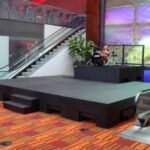

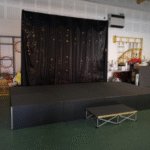
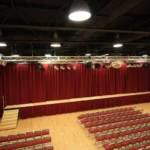


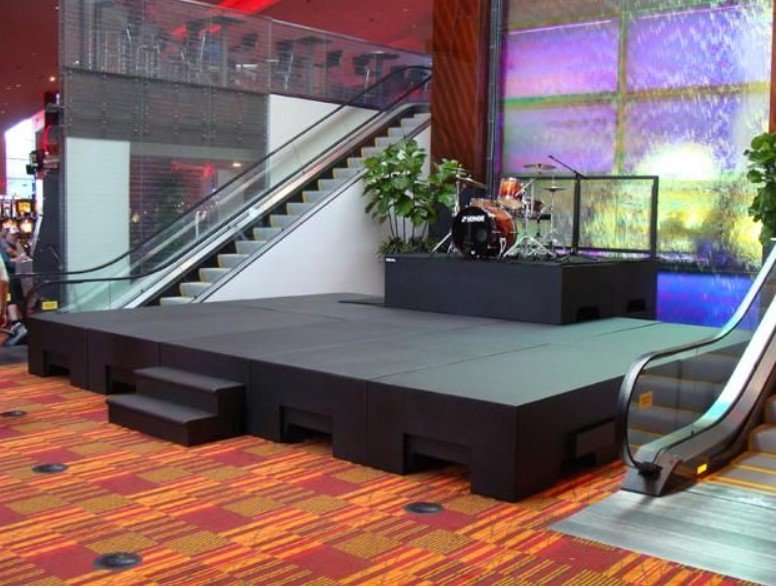


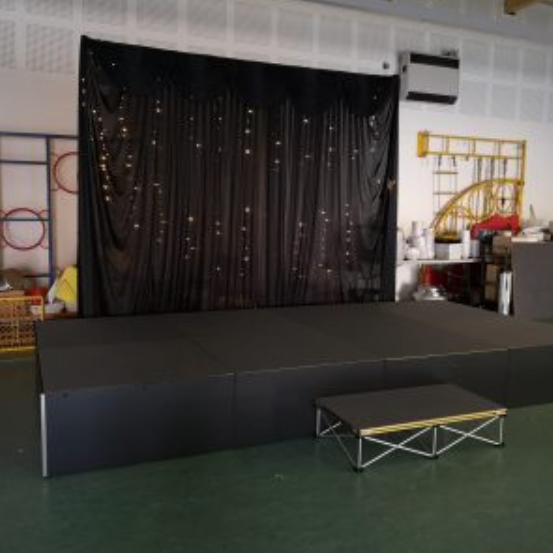




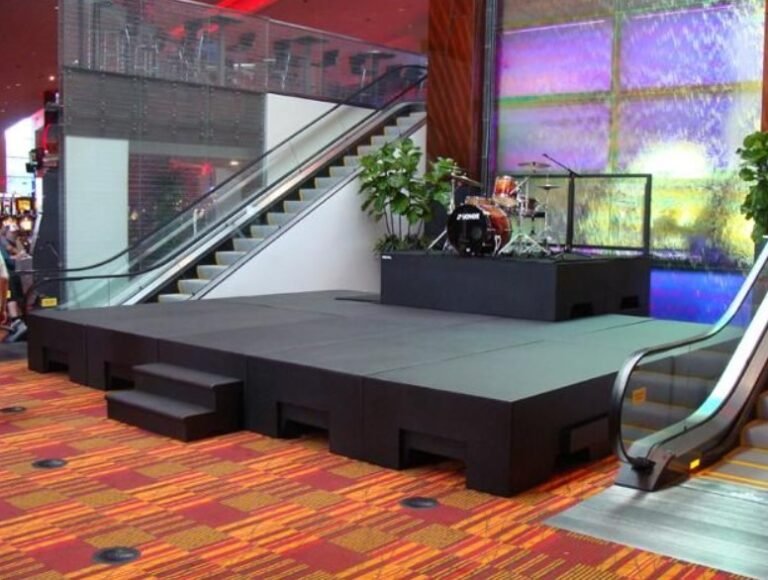
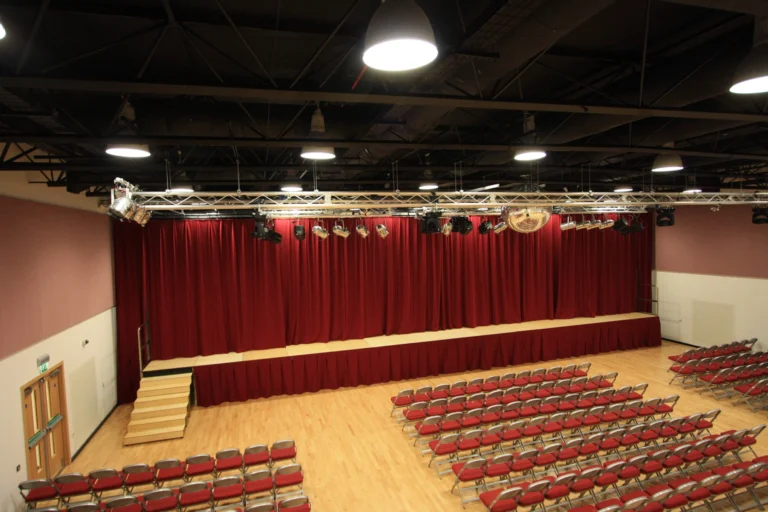
+ There are no comments
Add yours